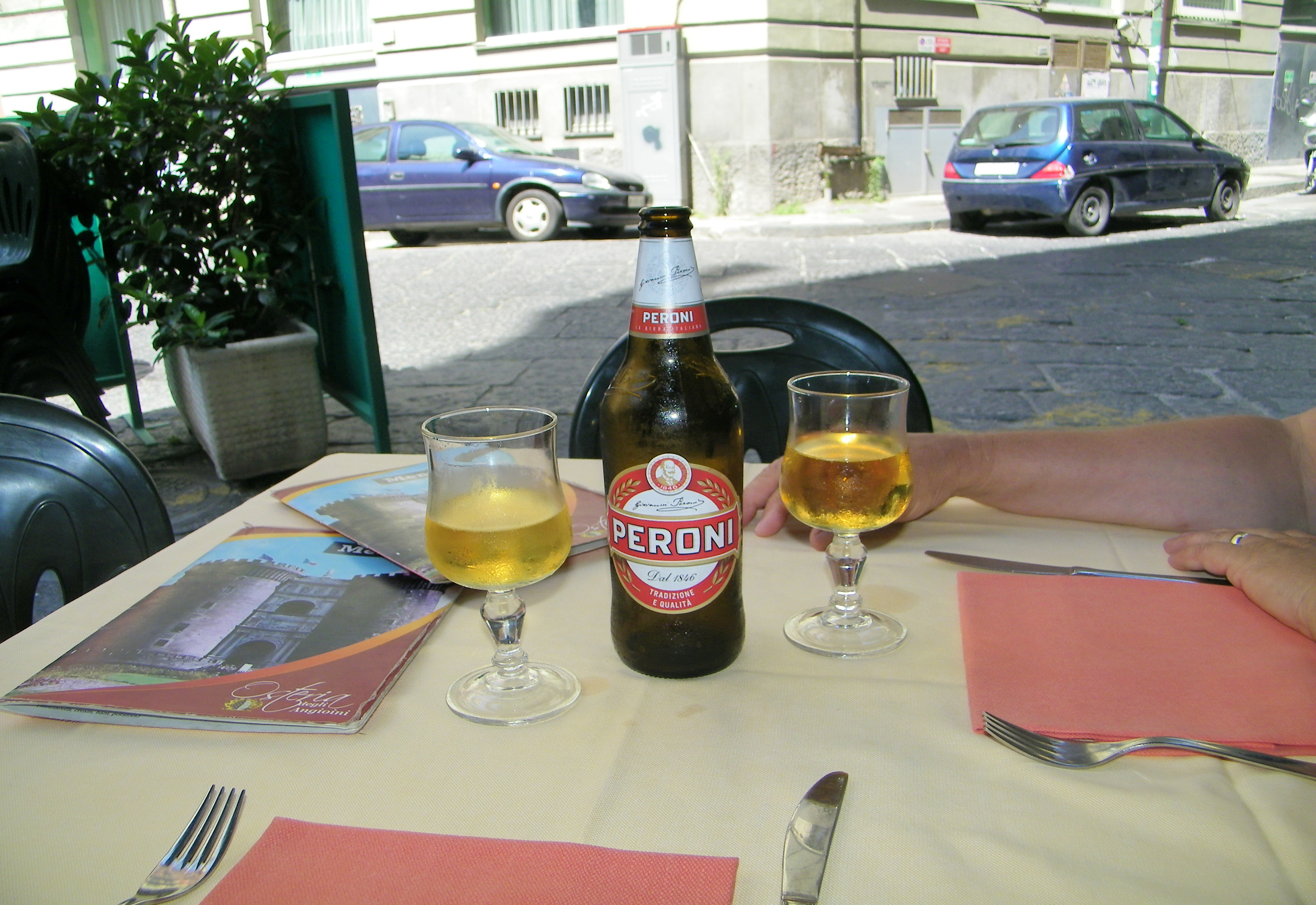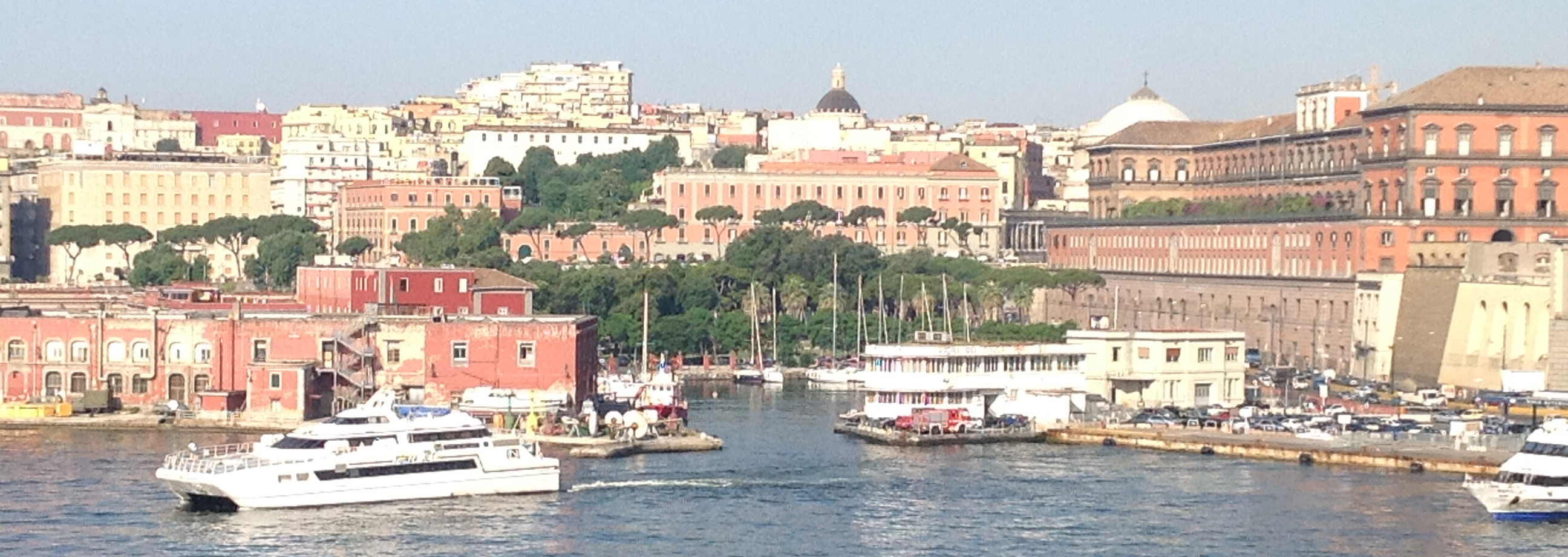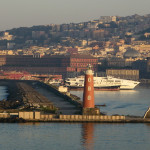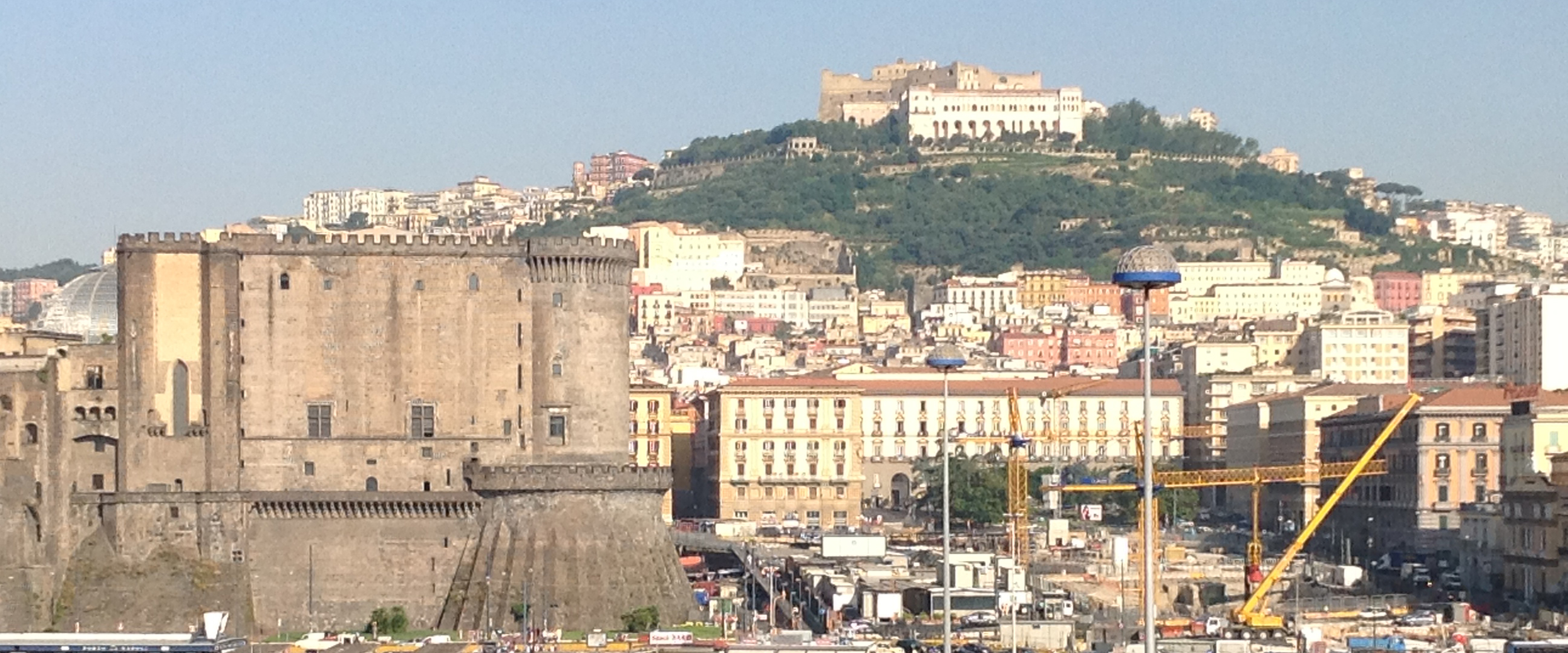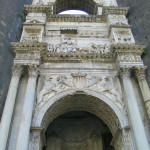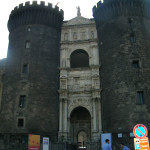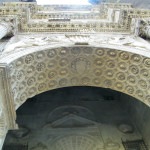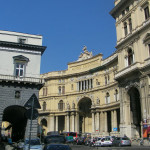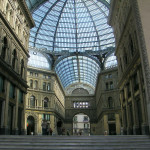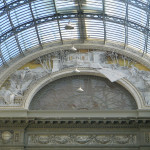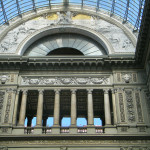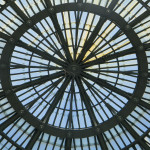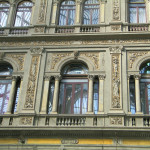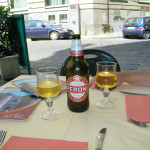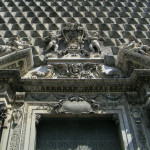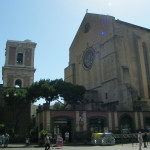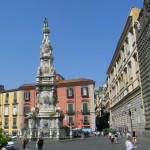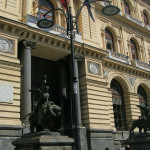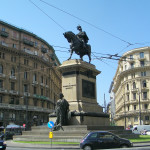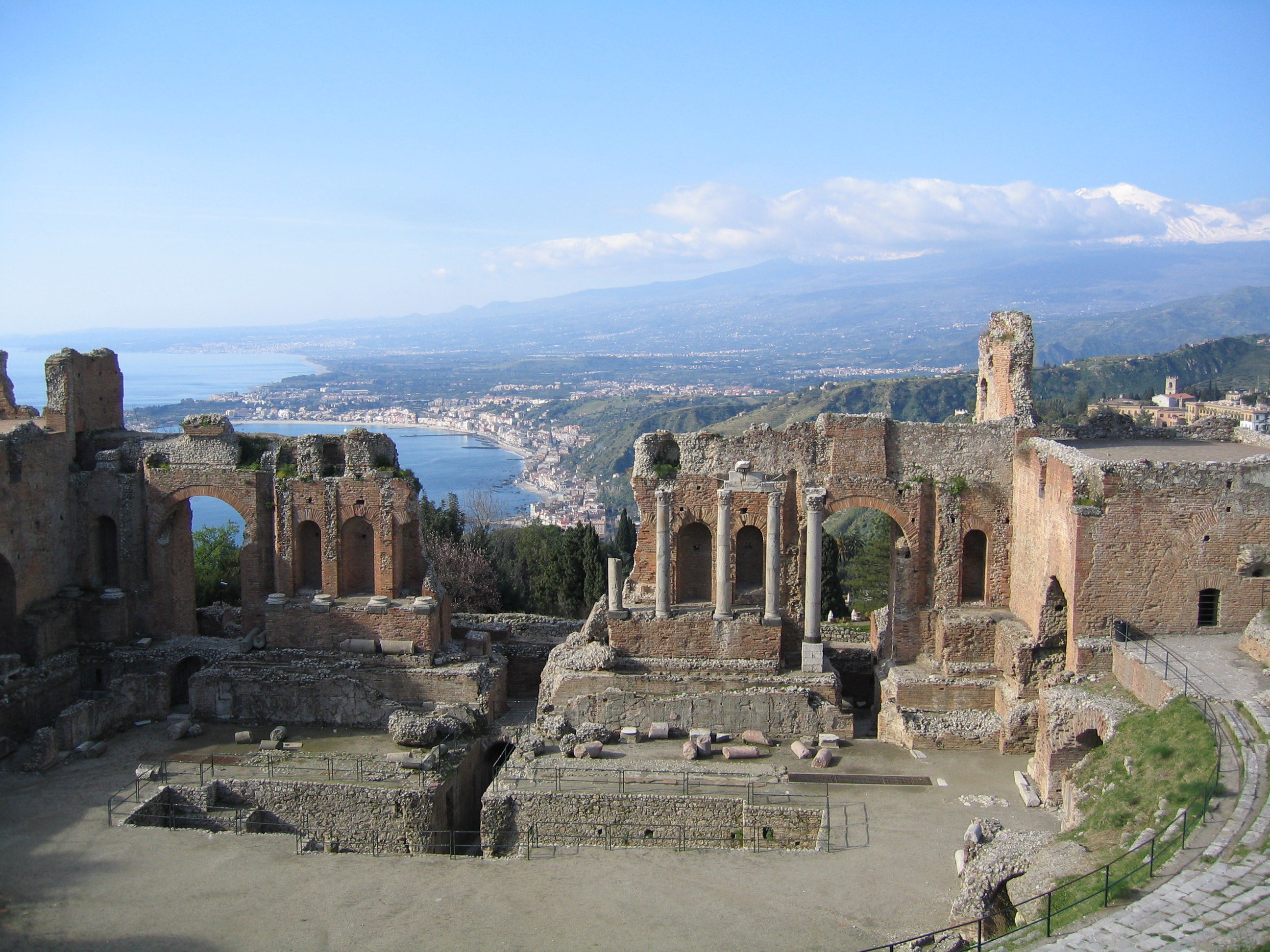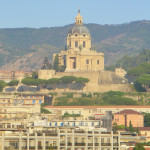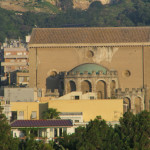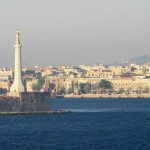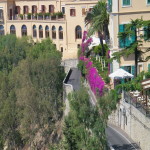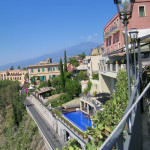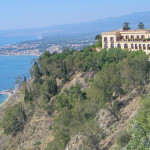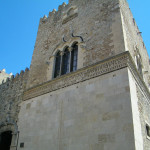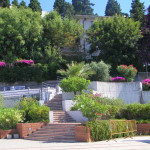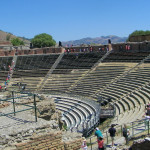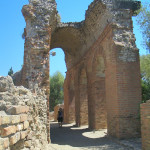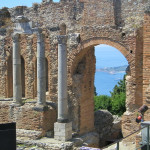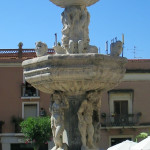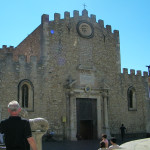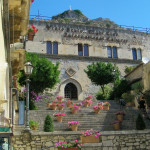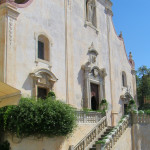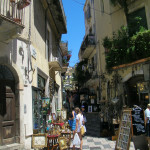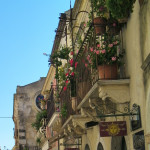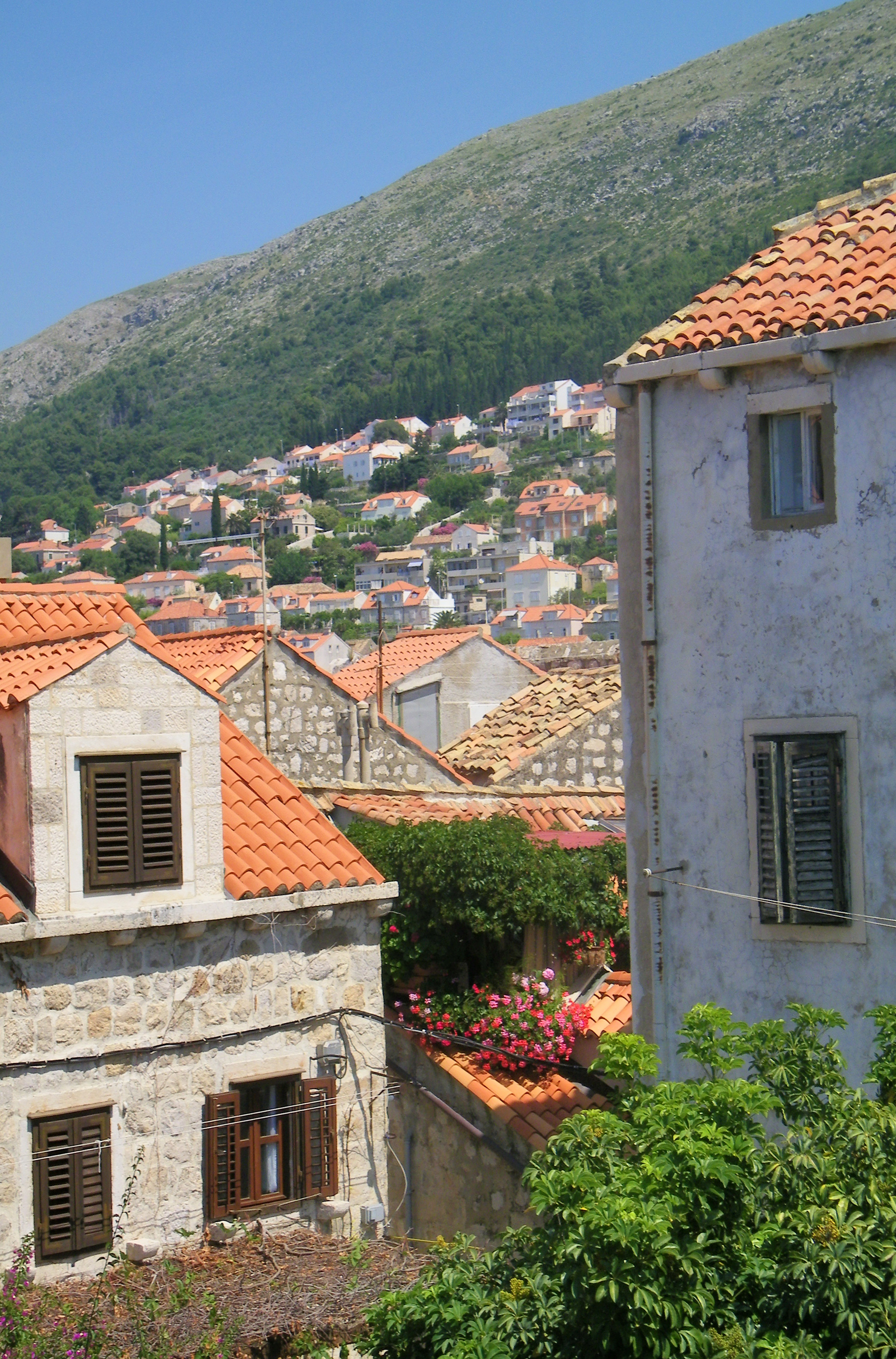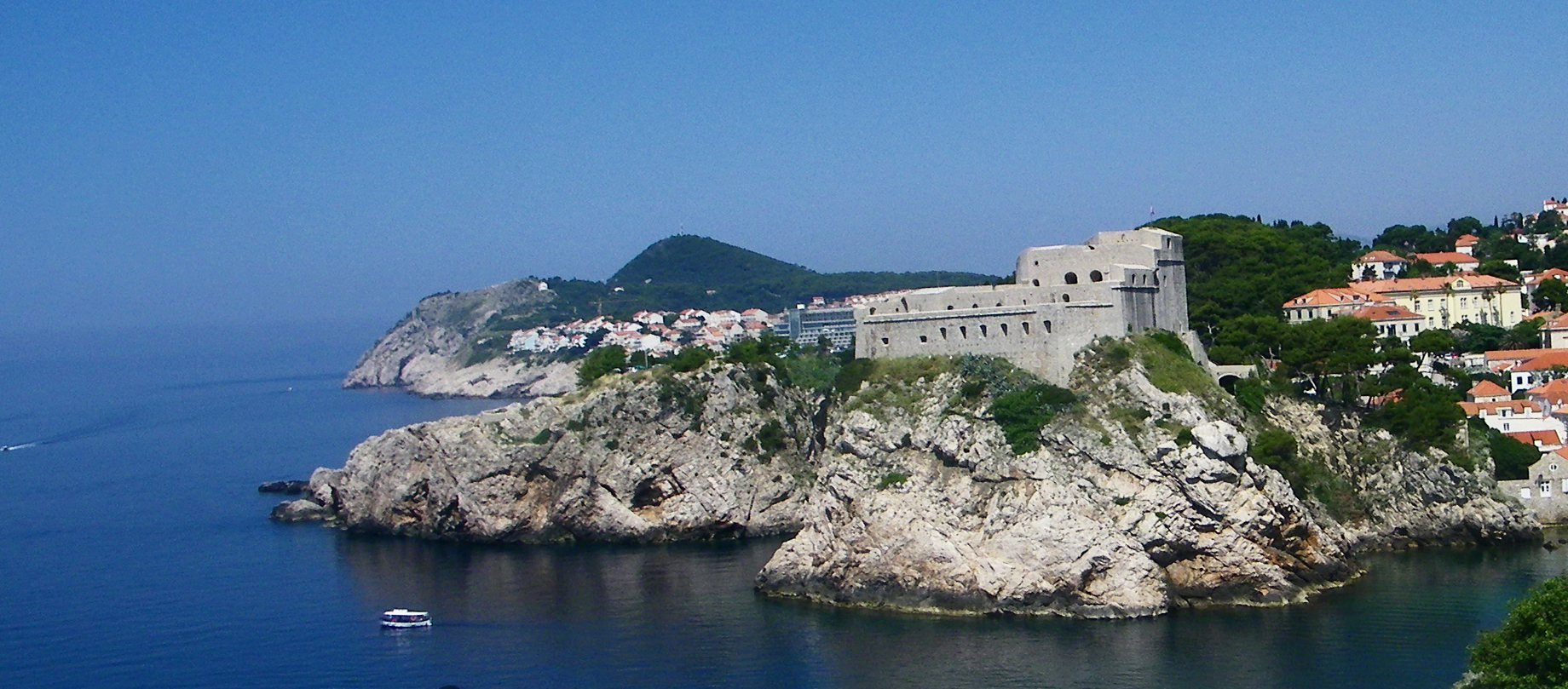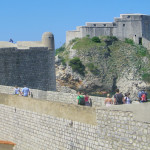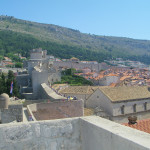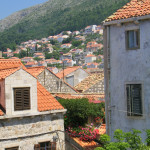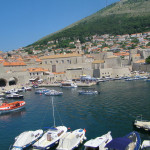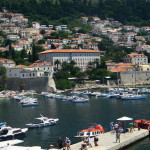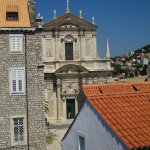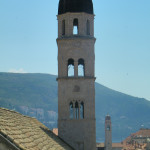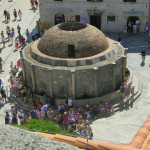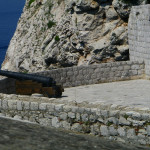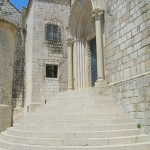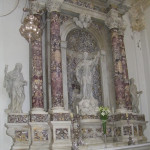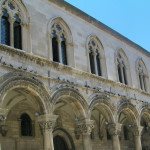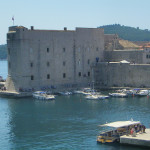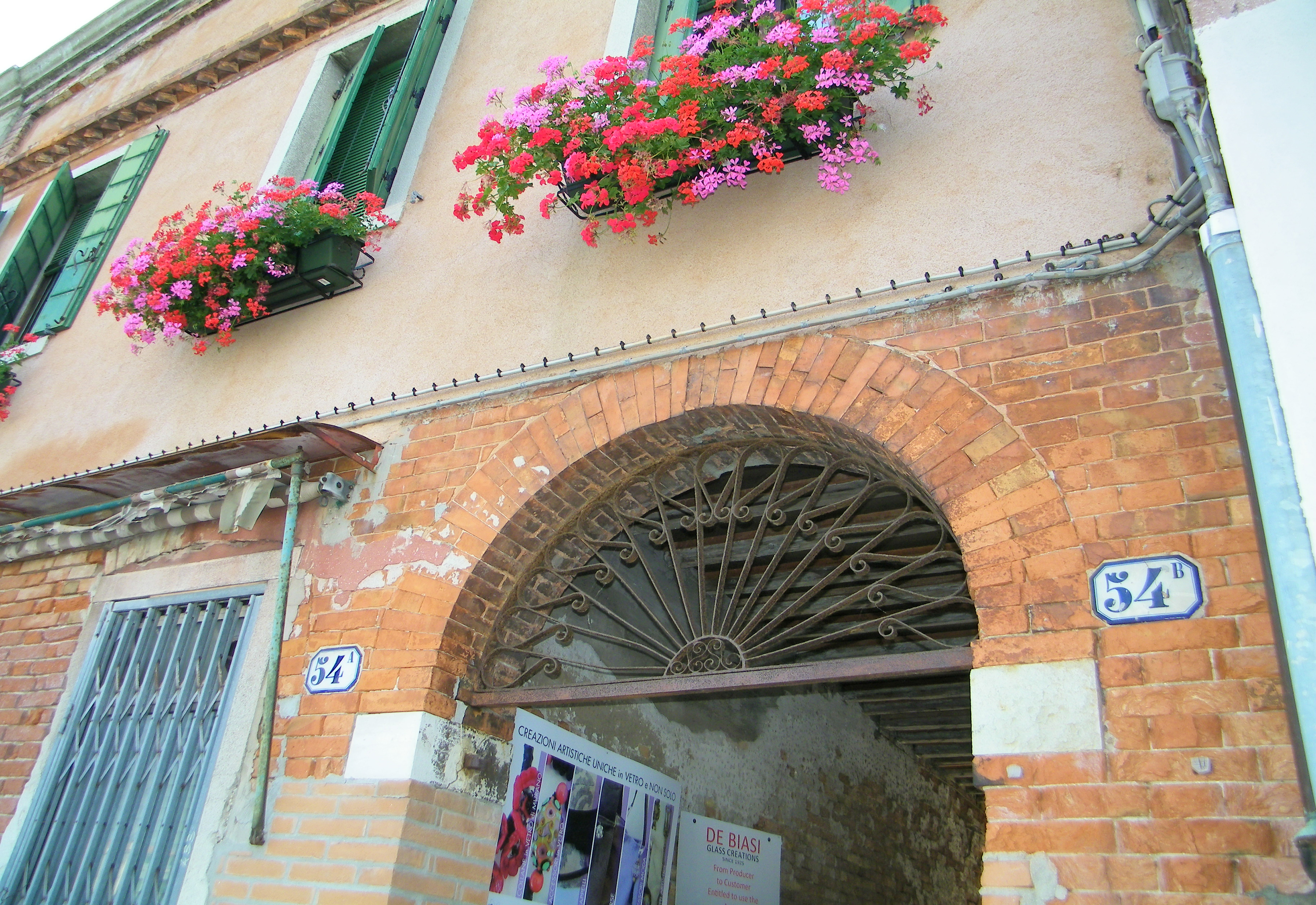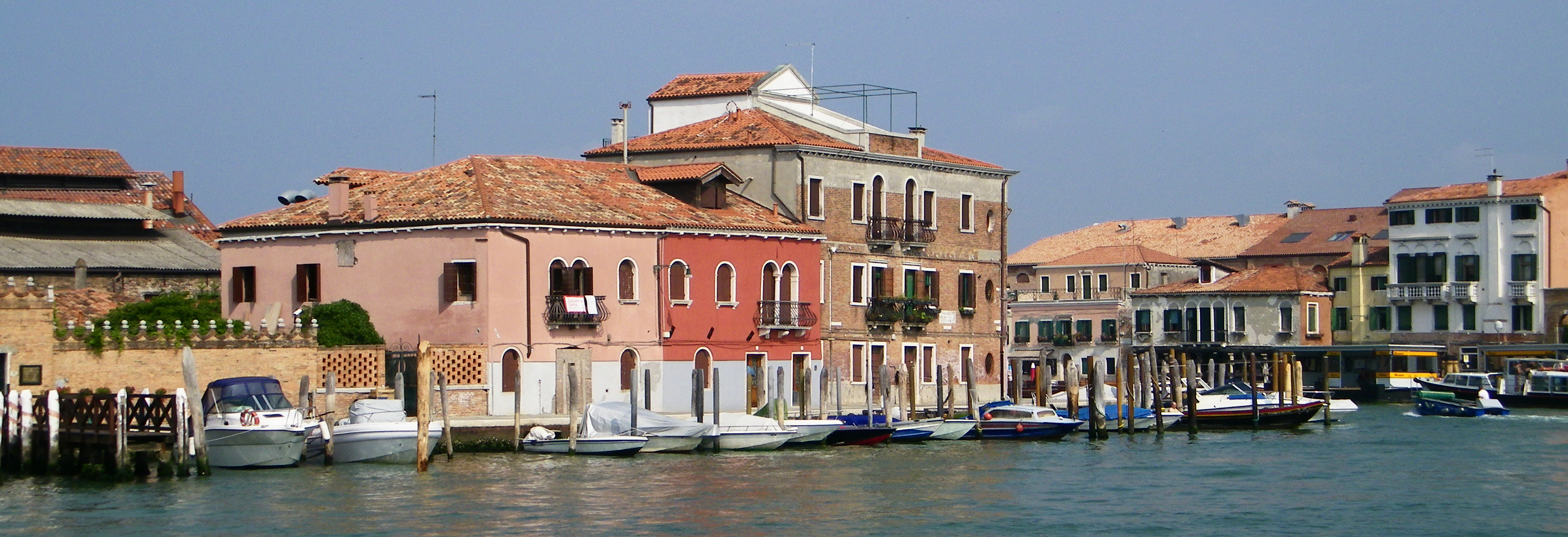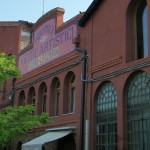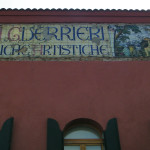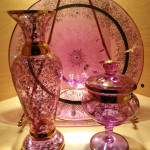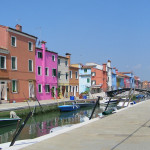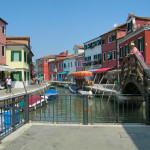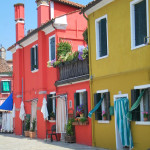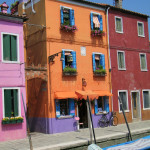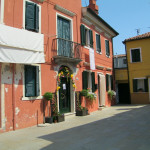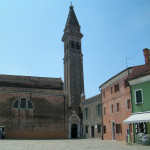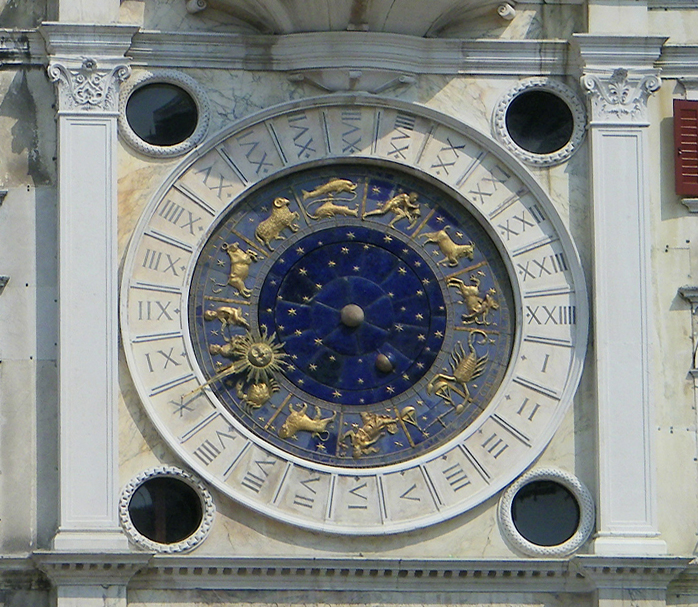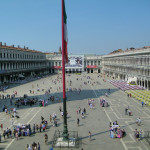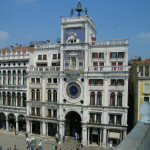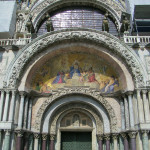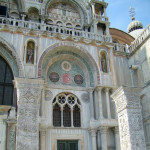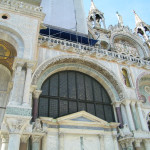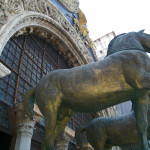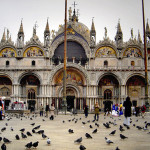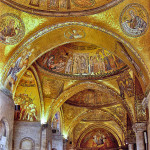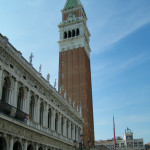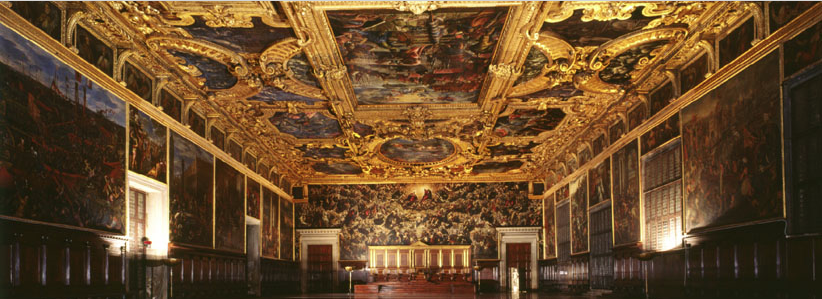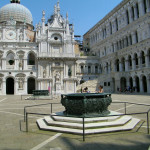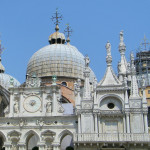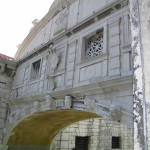As our Mediterranean Cruise continues in Naples, we did a walk-about before our excursion later in the day. We explored a New Castle, a fabulous Galleria, and had pizza and a beer at a street-side cafe.
Click on the first photo in each group and scroll to see the square photos at full size.
To start at the beginning of this series, visit Mediterranean Cruise.
Early Riser
Once again, Jim was up bright and early to make sure the pilot boat and the mooring guys did everything just right. Coming into a new port was something he really enjoyed about our cruise. I, on the other hand, enjoyed sleeping in a bit, but took pictures like crazy on our way out of port.
As you’ll see from our many pictures, Naples is another beautiful city with a lovely harbor – full of colorful and very old buildings. Greeting us way too early in the morning was Molo de San Vicenzo lighthouse and a statue of San Gennaro. The statue is to the right of the lighthouse in the larger picture.
Vomero Hill
The most visible landmarks of the city are perched high on Vomero Hill – Certosa di San Martino and Castel Sant’Elmo that stands beside it (below). The Certosa di San Martino was a monastery complex until the early 19th century, when it was closed and abandoned. A museum has taken its place, which displays many Spanish and Bourbon era artifacts as well as displays of the Nativity scene considered to be among the finest in the world.
Castel Sant’Elmo is a medieval fortress which dates back to 1275 and presently serves as a museum and exhibition hall. In its day, it served as a military outpost, with a governor who had absolute power over military and civilian matters.
Castel Nuovo
Castel Nuovo (New Castle), is a medieval castle and the main landmark of the city since 1279. With its harbor location and immense size, this castle is magnificent. Since we are short on time, we didn’t venture inside, but got some great pictures of its exterior. These pictures are around front of the castle and show the beautiful white marble Triumphal Arch in between the two towers.
This castle took a beating over the years during the wars and then left in disrepair for a while. In its day, it was the historical center of the city and often had very famous events going on. Pope Celestine V resigned as Pope in the hall of the castle and eleven days later Boniface VIII replaced him.
A Fabulous Galleria
I thoroughly enjoyed the Galleria Umberto I, a public shopping area – not so much for the shopping, although plentiful. The interior was absolutely gorgeous!
Built between 1887–1891, it was the cornerstone in the decades-long rebuilding of Naples — called the risanamento — that lasted until World War I. Designed by Emanuele Rocco, it was named for Umberto I, King of Italy at the time of construction. It was meant to combine businesses, shops, cafes and social life (public space) with private space in the apartments on the third floor. It is a tall and spacious cross-shaped area covered by a glass dome – which is beautiful in and of itself. Of the four glass-vaulted wings, one fronts the downtown thoroughfare and another opens onto the San Carlo Opera House. What a fabulous place!
Pizza and More!
Pizza was first created by the baker Raffaele Esposito in Naples. His creation was a hit, and he was called to make a pizza for the visit of King Umberto and Queen Margherita of Italy in 1889. It was the perfect time to take a break and have some pizza and an Italian beer at a streetside cafe. I guess we know what part of that break was important enough for a picture! The pizza was great too!
The Gesù Nuovo church is the most important church ever built by Jesuits in Naples. It is called “Gesù Nuovo” (New Jesus), because the Jesuits had already built another Jesus Church in 1568, which therefore is now called Old Jesus. This former church now belongs to the Diocese and the building, where the Jesuits used to live, is now seat of the University of Naples. For more history and beautiful pictures of the interior and the organ, CLICK HERE.
“Just steps from the hectic Piazza del Gesù Nuovo at the start of the famous Spaccanapoli street running straight through the Greco-Roman historic center of Naples, a gated entrance opens onto a view looking straight up to the imposing façade of the church of Santa Chiara. Built in the early 14th century, Santa Chiara is a masterpiece of Provençal-Gothic architecture.” READ MORE.
And that was just a walk-about BEFORE our excursion to Herculaneum. OMG! I could go on for days at each of these stops, so bear with me!
A Great walk-about in Naples
Next up: Herculaneum
Happy trails,
Barb
